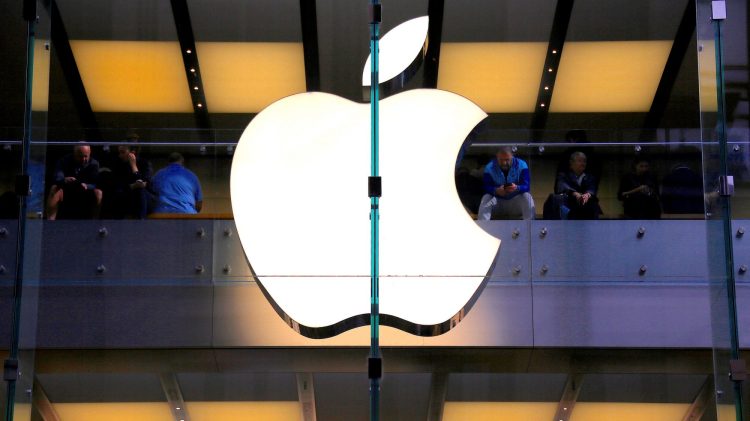Project Titan, Apple’s secretive autonomous car program, is expanding. The Cupertino company has added 11 new test vehicles to its fleet in California, according to MacReports, boosting the total to 66. That’s up from 55 in May.
The program is rumored to be related to a self-driving platform Apple intends to provide to automobile manufacturers, though the company has yet to apply for an autonomous driving permit. It kicked off semiautonomous trial runs with three 2015 Lexus RX 450h SUVs roughly a year ago, in April 2017, after receiving licenses from the California Department of Motor Vehicles.
“We’re focusing on autonomous systems,” Apple CEO Tim Cook told Bloomberg Television last year, in one of the few public descriptions of Project Titan. “It’s a core technology that we view as important … [and it’s] probably one of the most difficult AI projects to work on.”
Project Titan’s development path has been a long and meandering one. Since work started in 2014, the project has reportedly changed focus multiple times, with the vehicles in question shifting from full-stack autonomous cars to — in one of its current incarnations — driverless shuttles designed to ferry employees between the company’s Silicon Valley offices. (The prototypical PAIL shuttles, short for “Palo Alto to Infinite Loop,” are reportedly modified Volkswagen T6 Transporter vans.)
June 5th: The AI Audit in NYC
Join us next week in NYC to engage with top executive leaders, delving into strategies for auditing AI models to ensure fairness, optimal performance, and ethical compliance across diverse organizations. Secure your attendance for this exclusive invite-only event.
A few abandoned features in the long list of those considered include motorized doors that open and close silently, virtual or augmented reality interior displays, an operating system software called CarOS, a low-profile lidar sensor, and spherical wheels that would’ve allowed for better lateral movement than conventional, round ones.
High turnover hasn’t helped move Project Titan along. Steve Zadesky, the 16-year employee tapped to lead Project Titan, stepped down in January 2016. He was replaced by longtime executive Bob Mansfield, who laid off some members of the hardware team. (At one point, the project counted more than 1,000 among its ranks.)
Corporate theft has been a a factor as well. A former Apple engineer stands accused of stealing a 25-page schematic of an autonomous car circuit board from Apple while preparing to work for XMotors, a Guangzhou, China-based automaker.
But things are looking up. Apple this month brought on Jaime Waydo, a former senior engineer at Waymo who was responsible for overseeing vehicle safety and prepping for real-world tests in Phoenix, Arizona. And last year, the company hired employees with expertise in autonomous systems.

